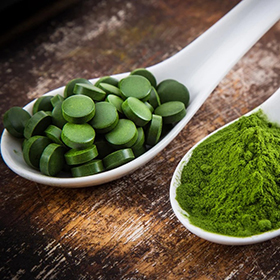
Inflammation and Cardio Vascular Disease (CVD)
CVD is no longer considered a disorder of lipid (fat) accumulation or elevated cholesterol, but rather a disease process characterized by low-grade inflammation of the vascular (artery) lining and an inappropriate wound healing of the blood vessels 5. It is similar to a low-grade wound on your skin that does not heal, but it is on the inside. There is now extensive and rapidly growing evidence that inflammation, which is what you get with every wound, plays a critical role in all stages of CVD 6,7,8,9. That is why if you treat the cholesterol you are treating the symptoms, yet if you treat the inflammation you are treating the underlying cause of the disease. To highlight the direct link in one study weekly injections of the cytokine (inflammation protein) given to mice caused a 2.5 fold increase in atherosclerotic lesions, that is 250% 10.
Since half of all myocardial infarctions (heart attacks) occur in individuals that display normal plasma lipid (cholesterol) levels, using markers of inflammation is much more effective to detect those at risk of CVD before its onset 4,5,11. Atherosclerosis (arterial plaque build up also known as artheriosclerotic vascular disease or ASYD) is a chronic inflammatory disease occurring in the innermost layer of the artery, the intima, where it thickens resulting from a build up of plaque. An injury or oxidation (free radicals) activity damages the blood vessel lining and induces an inflammatory response resulting in the adhesion of platelets and build up of macrophages (a type of white blood cell that swallows and destroys damaged tissue and infectious agents) and white blood cells at the site of injury. The inflammatory response, is mediated by activated T cells, macrophages and mast cells and produces cytokines (chemical messengers). Modified (through oxidation or enzymes) low‑density lipoproteins in the arterial intima initiate an inflammatory response in the arterial wall that leads to a cascade of inflammatory responses. As arteries lose flexibility and lesions occur, IL‑6 increases leading to further inflammation.
Perhaps this is a message that we need to start acting now and early with children to avoid the epidemic of inflammation and chronic illness including depression everyone is predicting for the future.